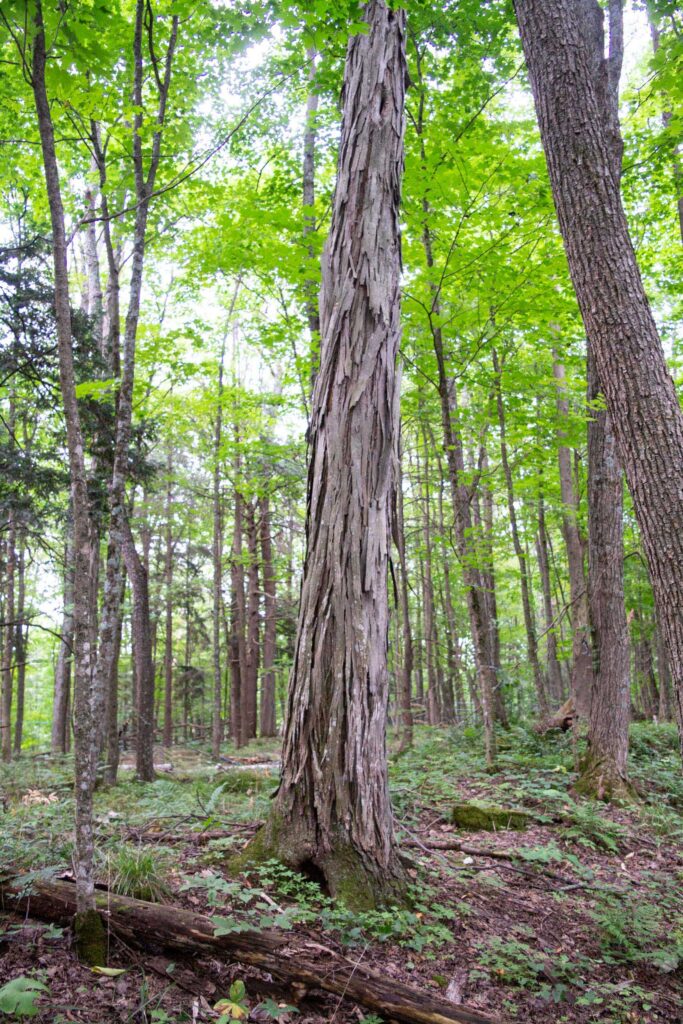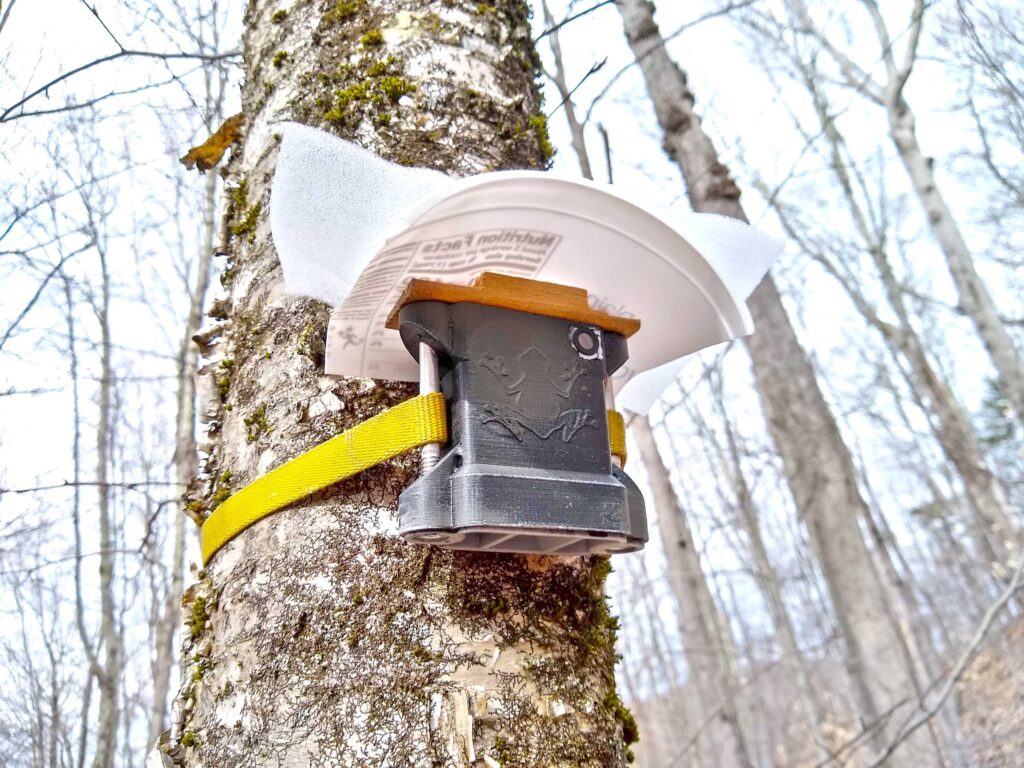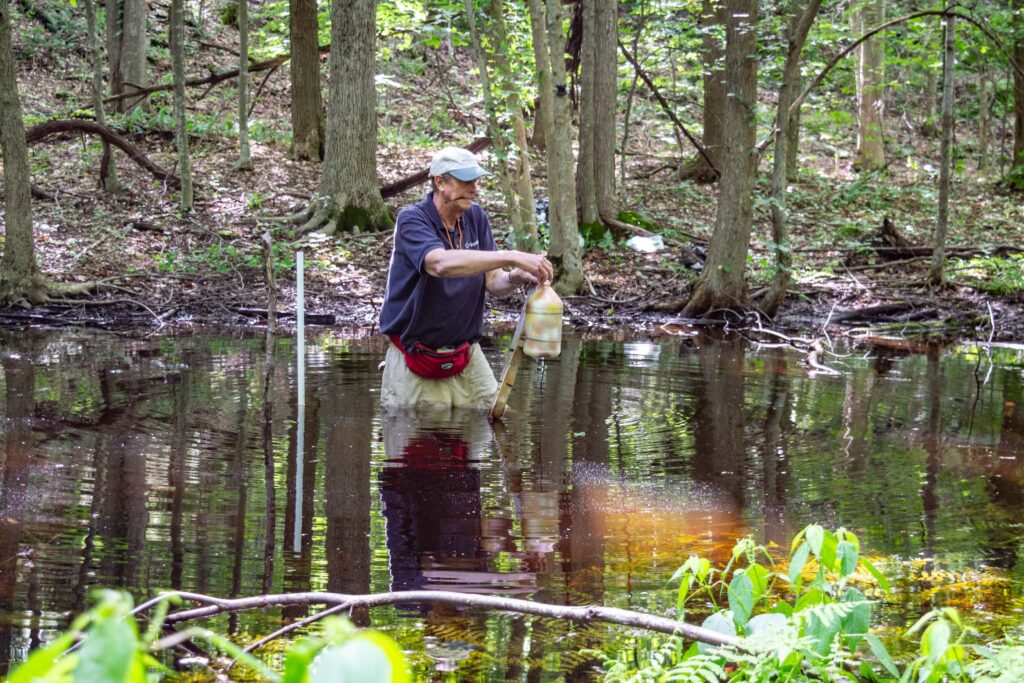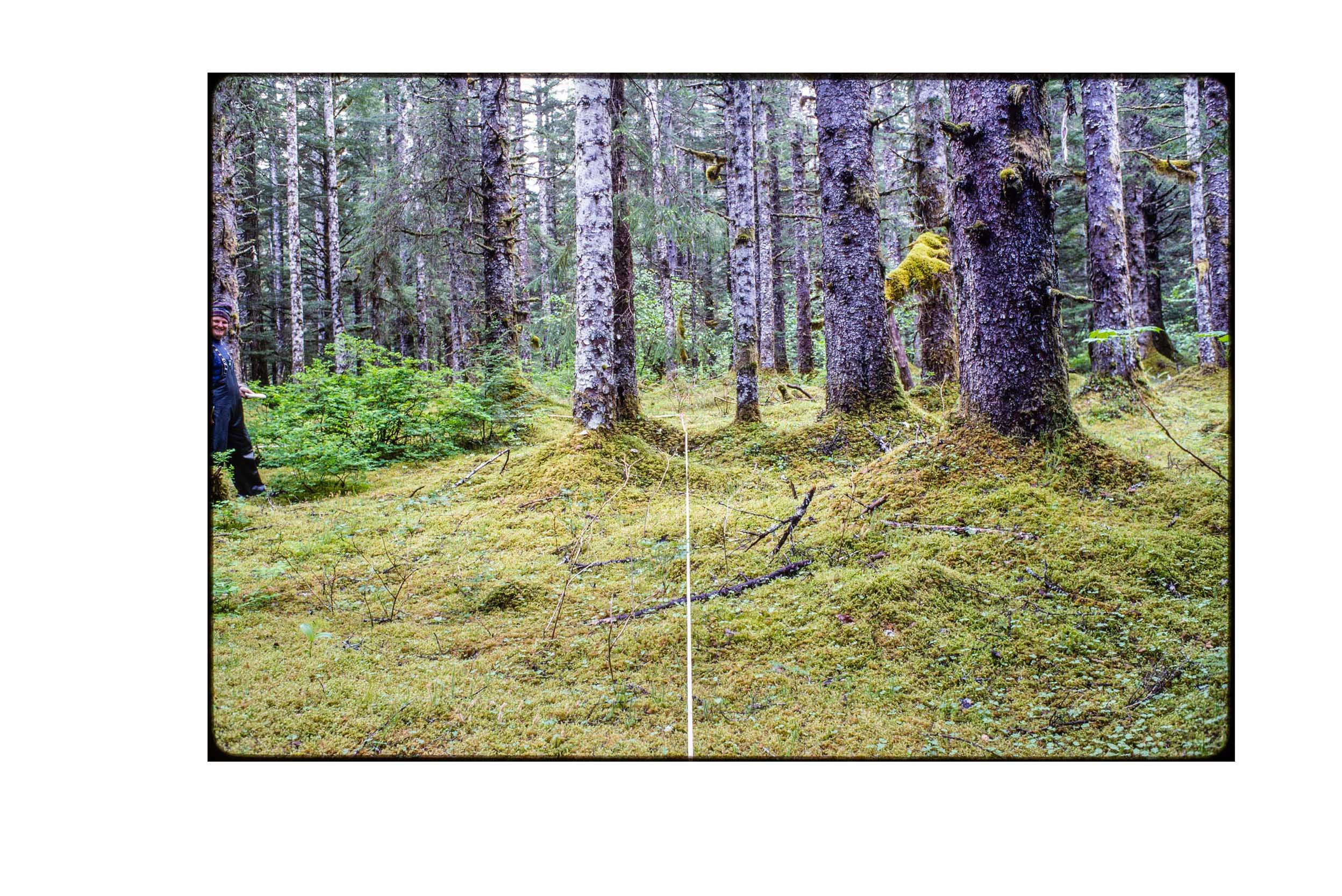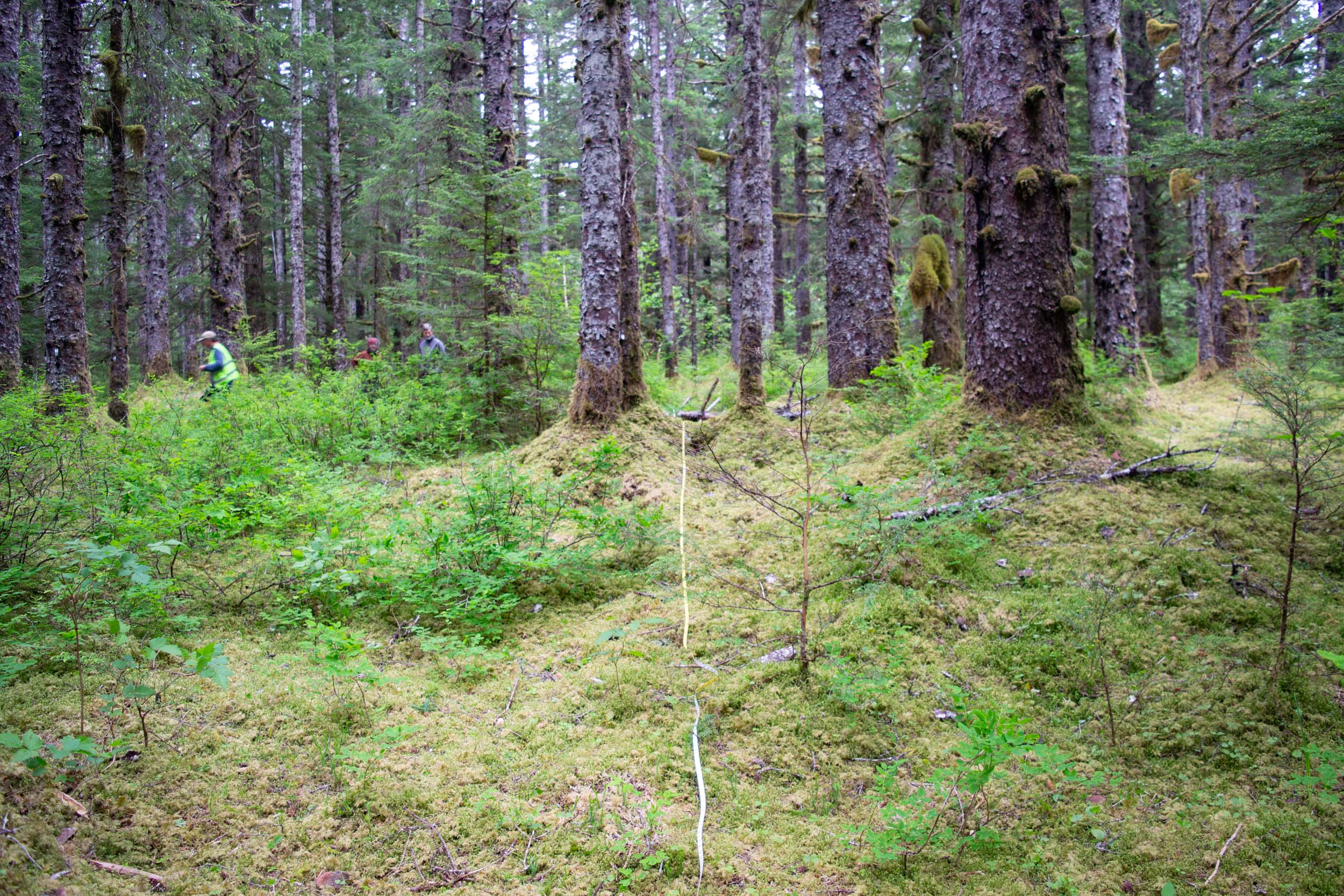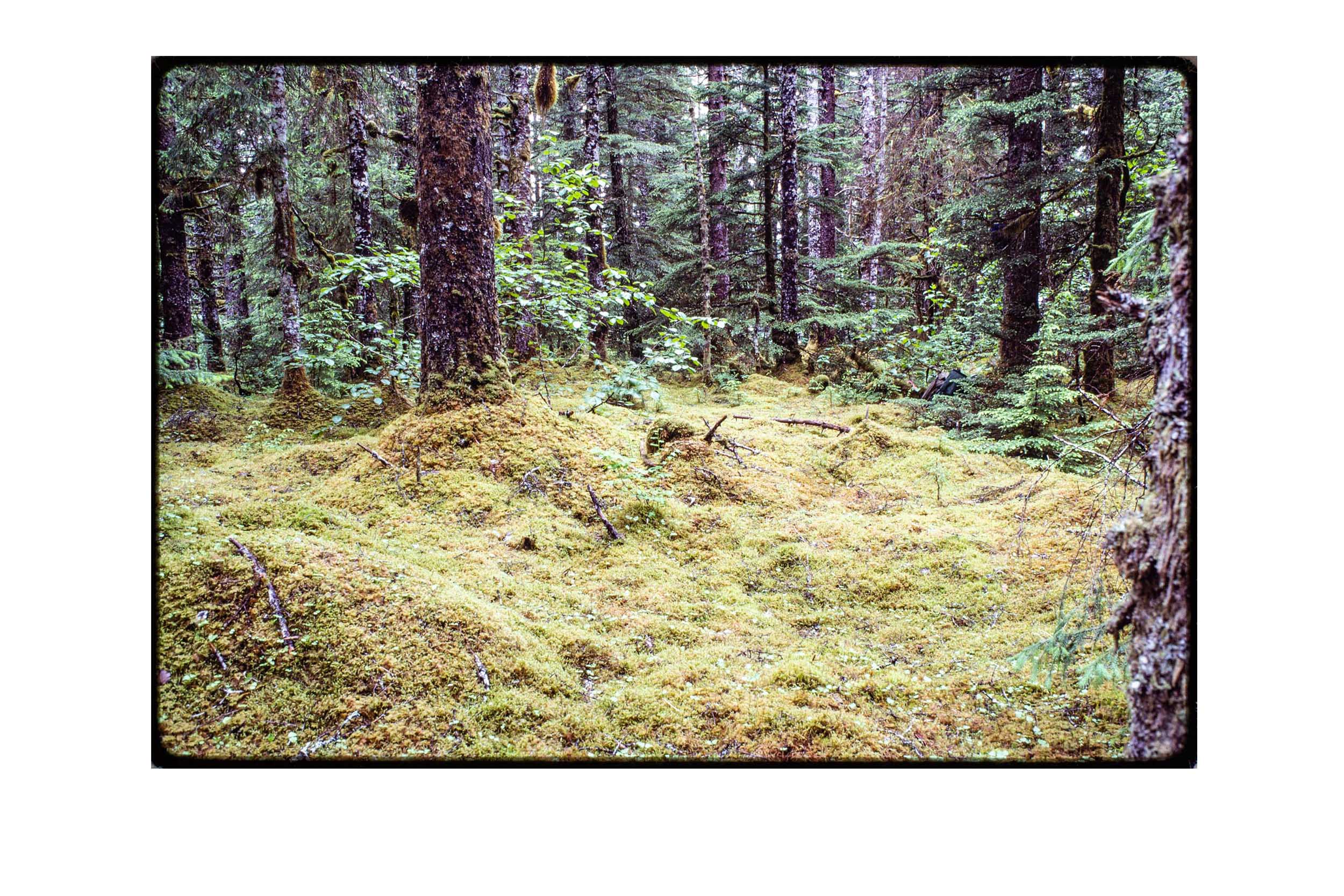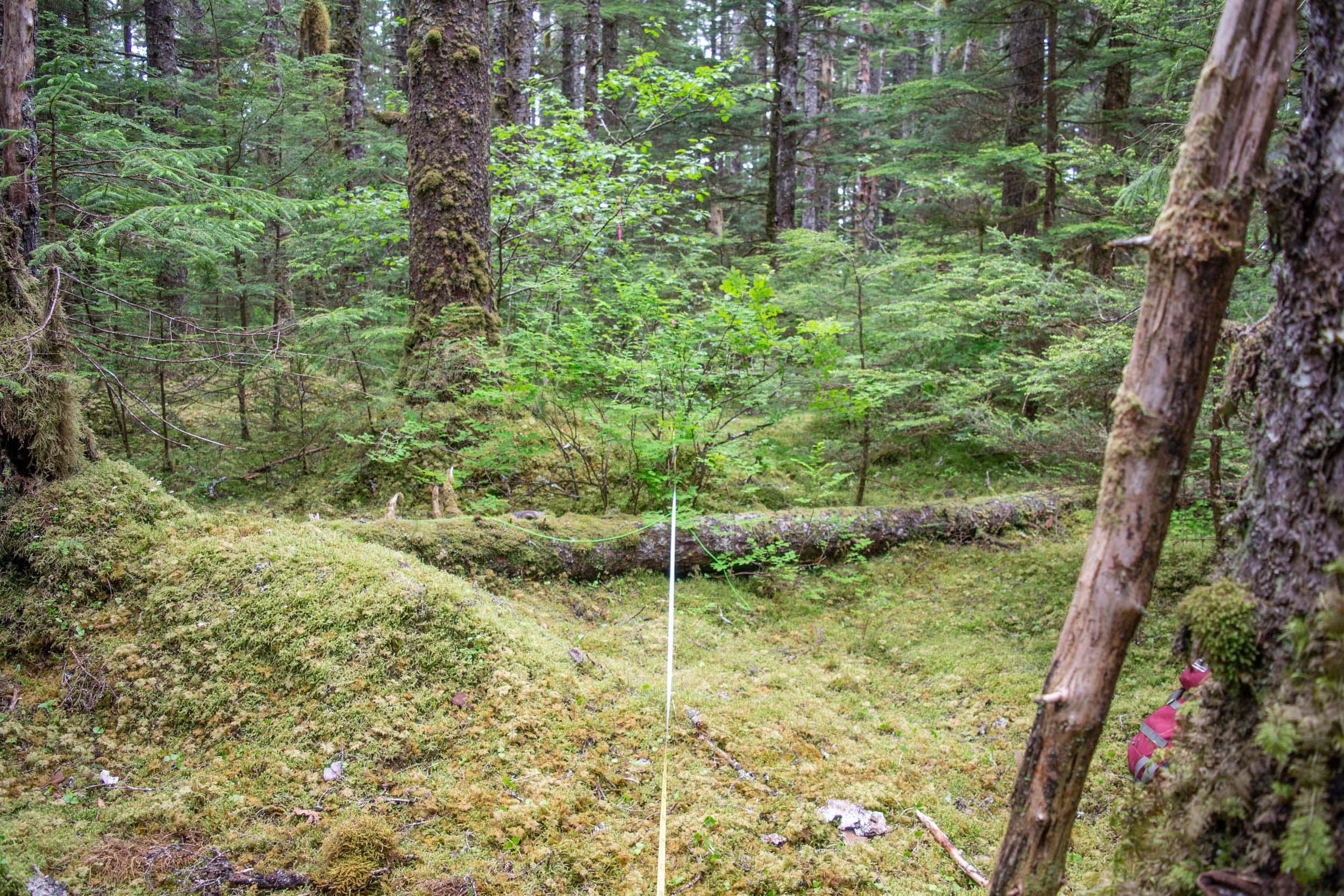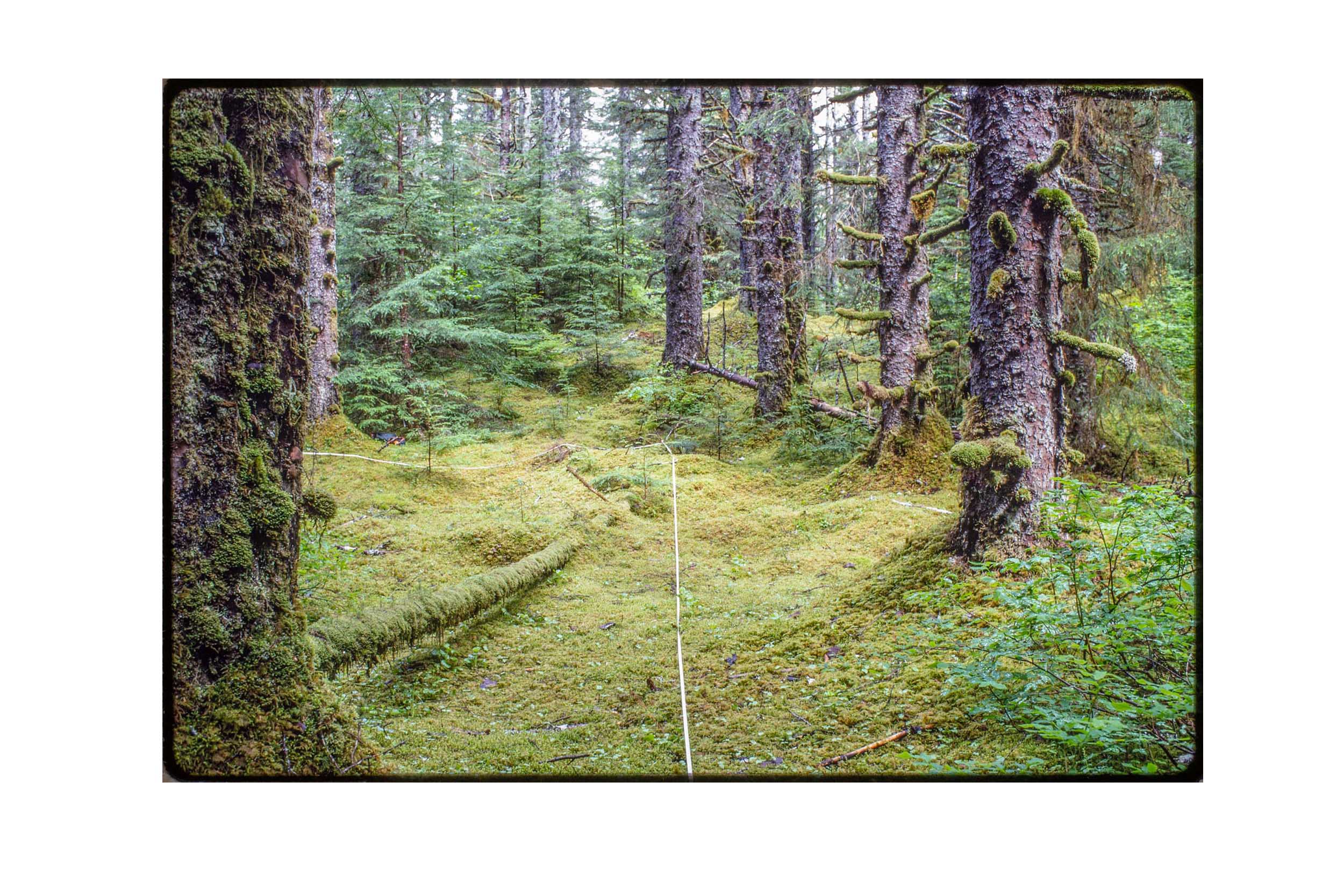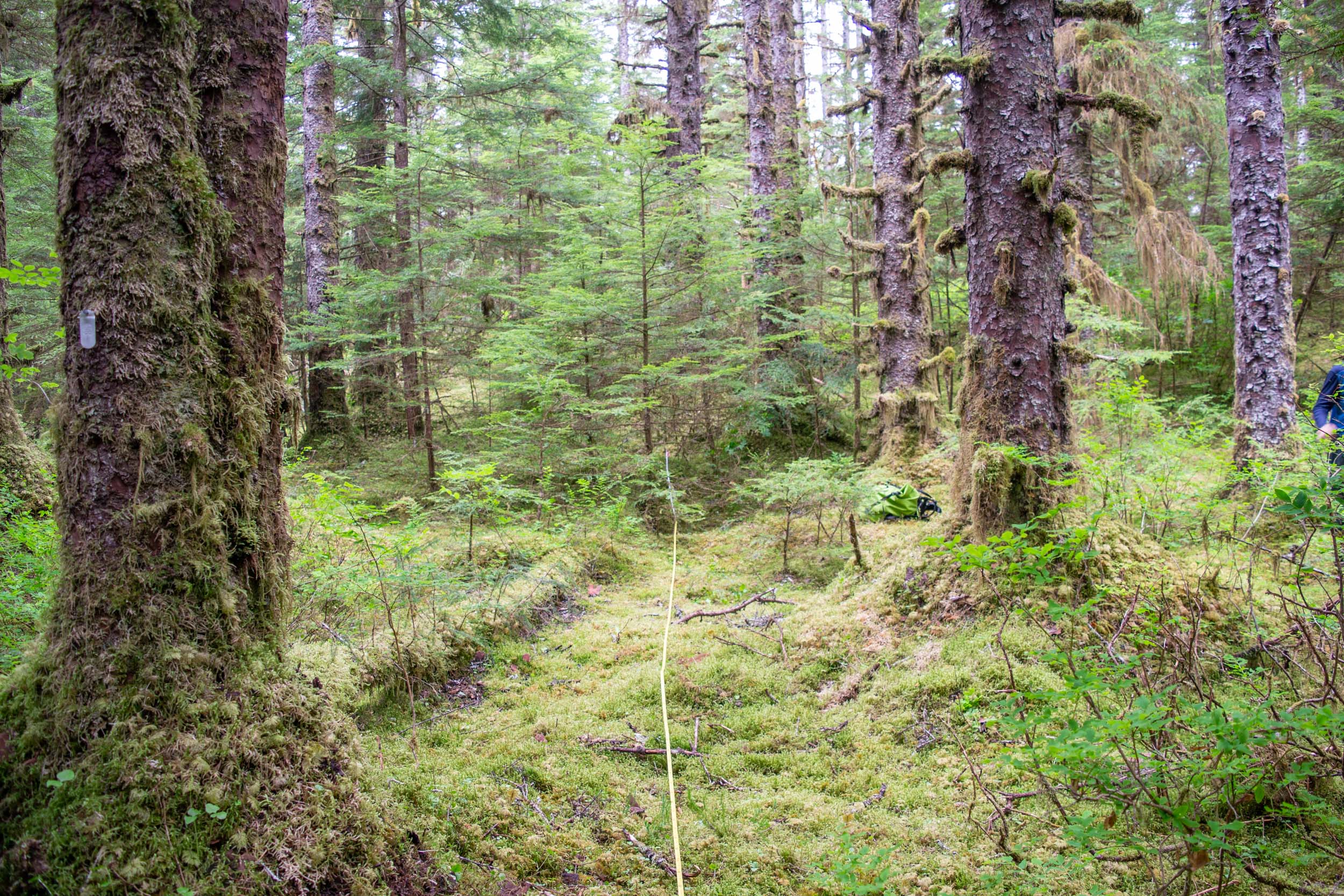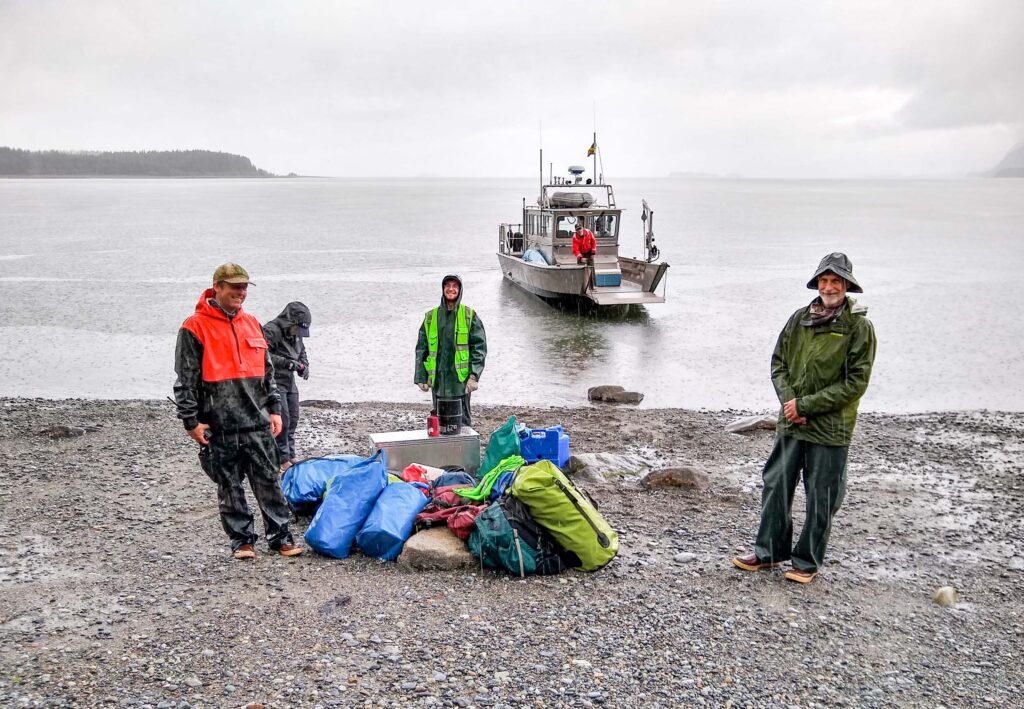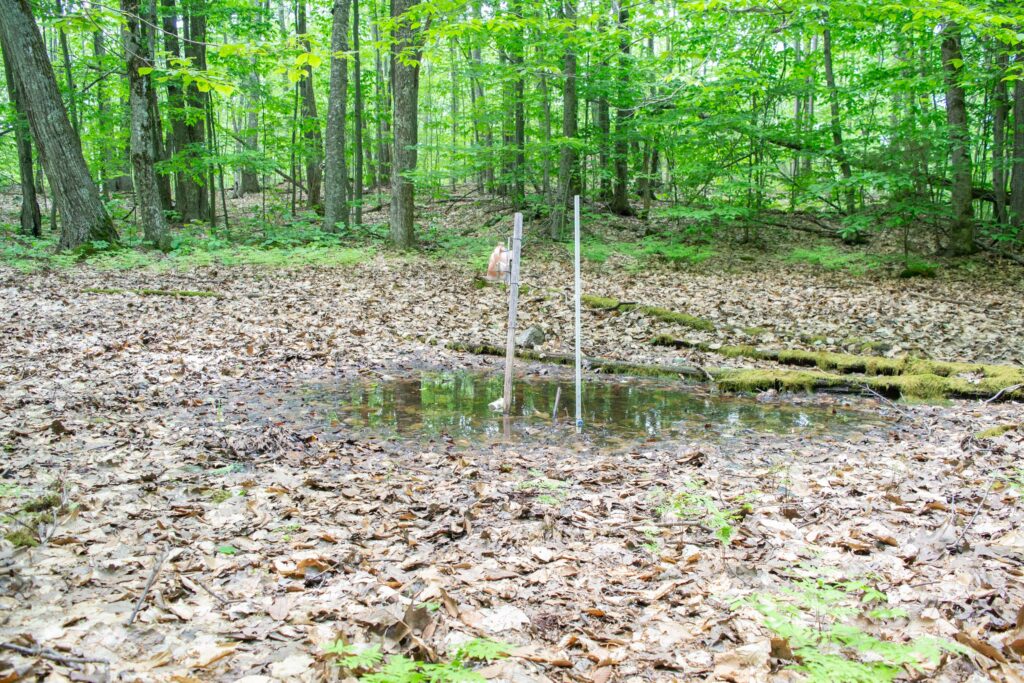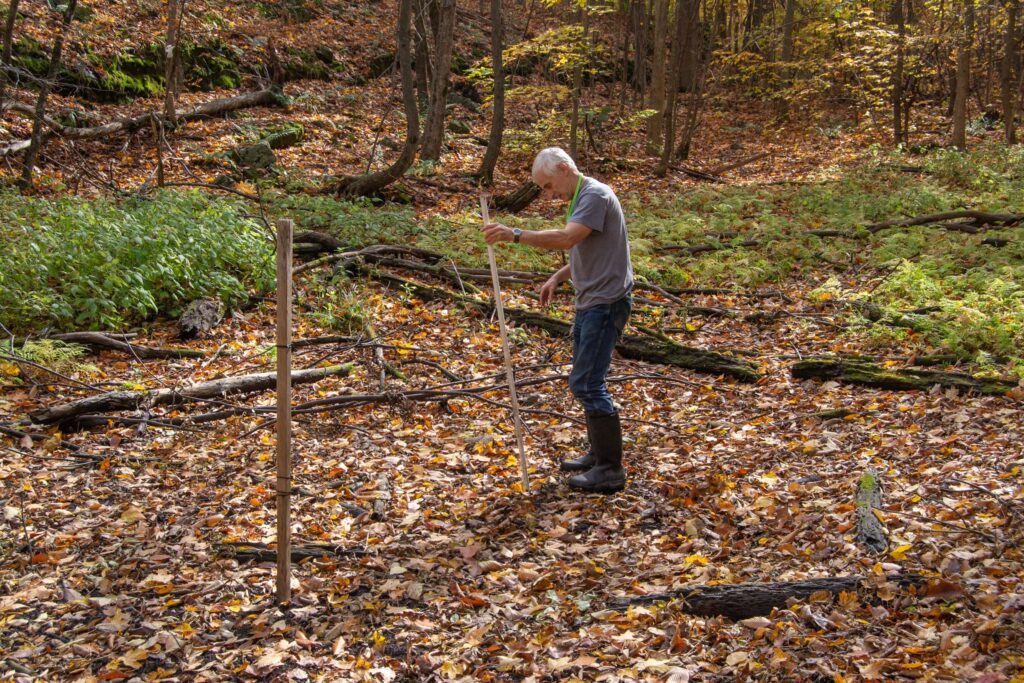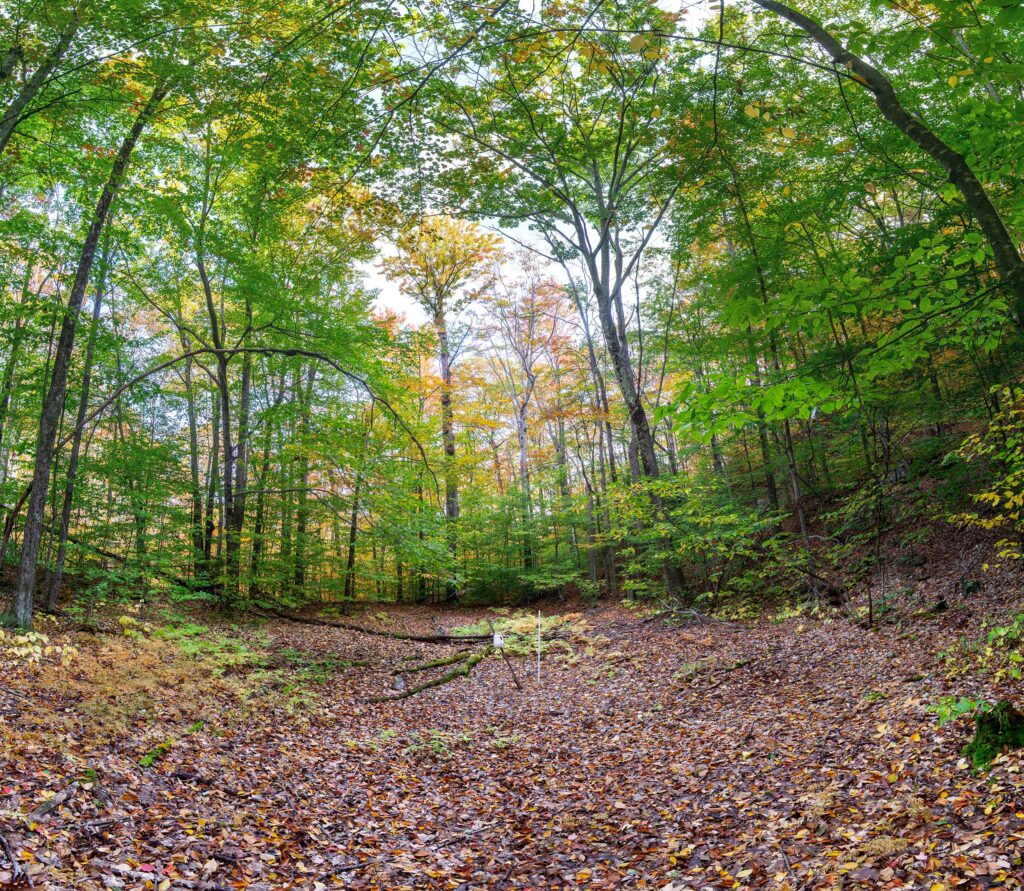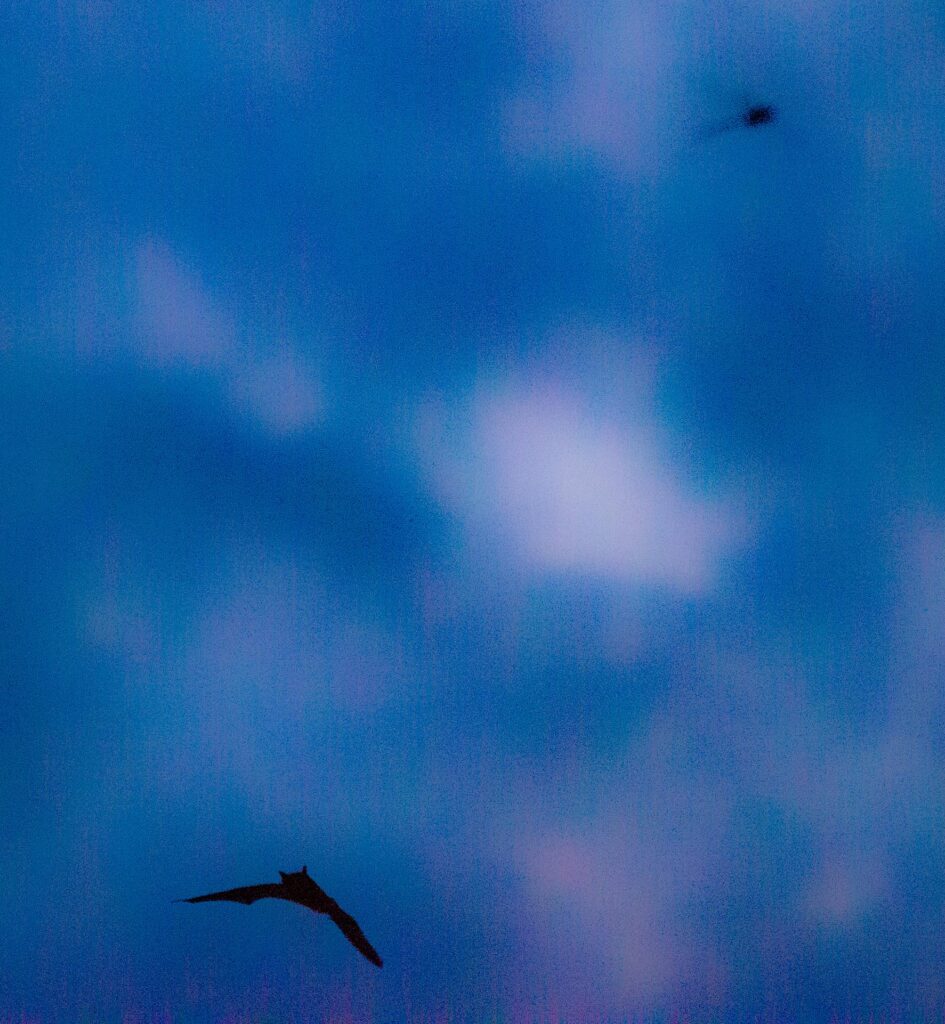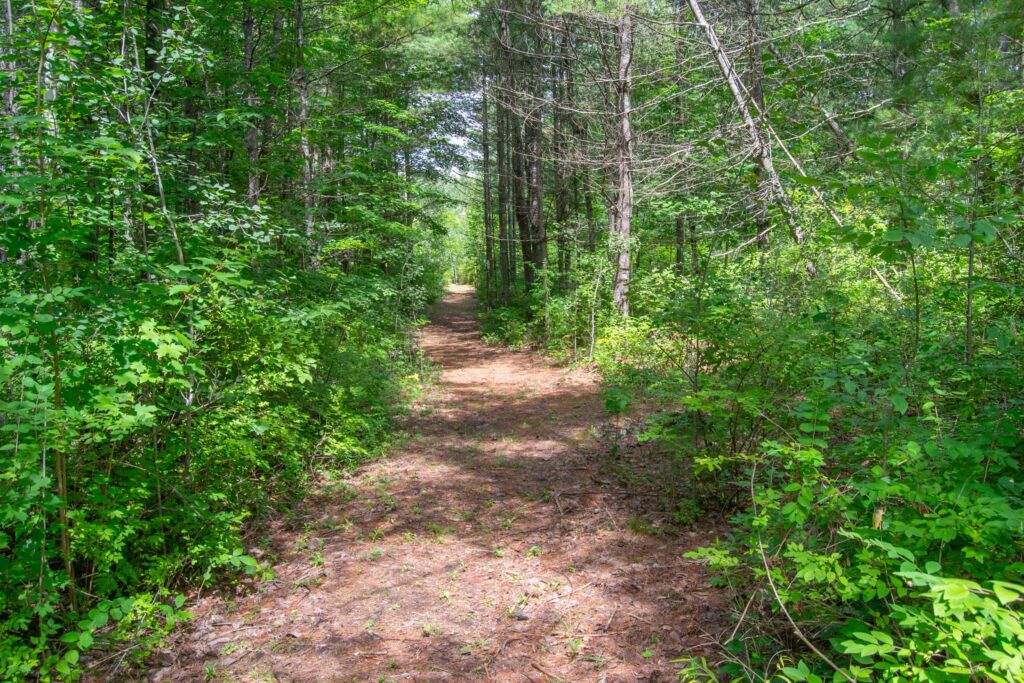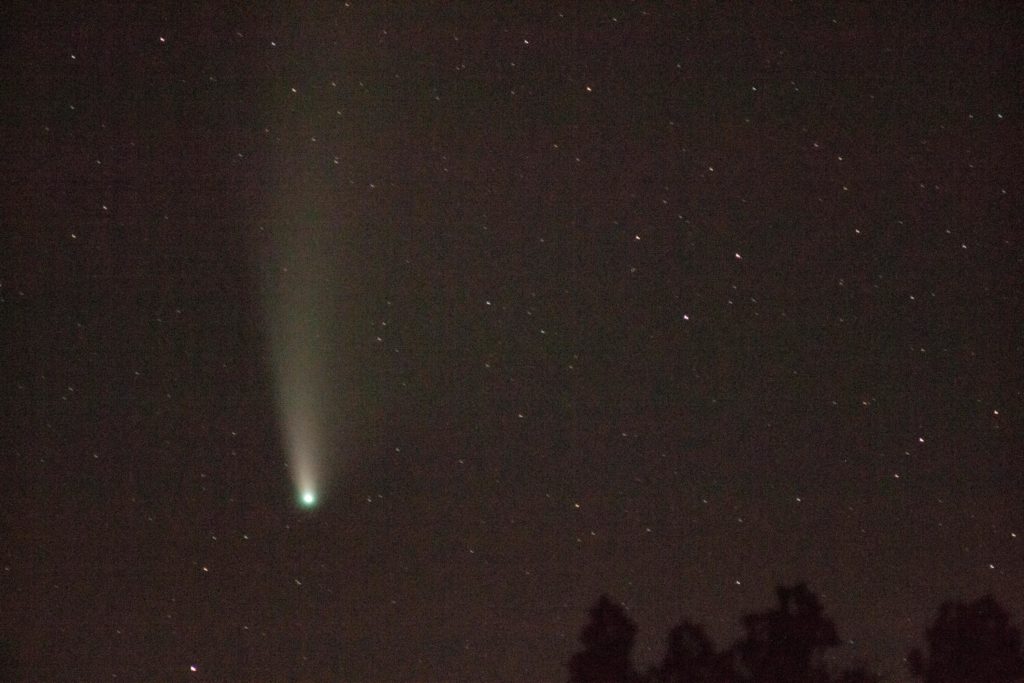Indiana bats live throughout the US Midwest and into New England. In winter they gather in a small number of caves where as many as 50,000 bats may hibernate together. This makes the population vulnerable to vandalism and since 1967 the Indiana bat has been on the US endangered species list. It was listed as Vermont’s first endangered species in 1972. Communal hibernation also makes bats vulnerable to the spread of white-nose syndrome and Indiana bat populations have declined moderately since the disease appeared in 2006.
Vermont is at the northeastern edge of the Indiana bat’s range where it has been observed foraging and raising young throughout the southern Champlain Valley. About 10 maternity roosting colonies where females raise their pups have been documented in Addison County. Female bats select forested sites with large trees and spend the day under loose bark with their single pups and forage at night for flying insects within two or three miles of the roosting trees.
